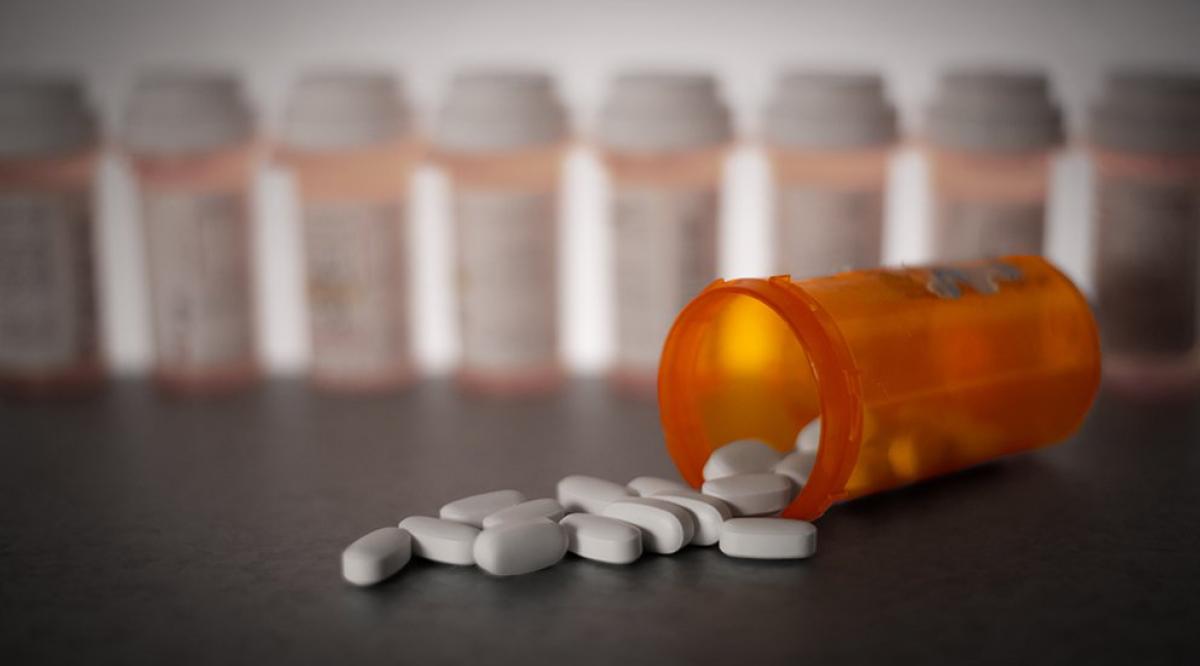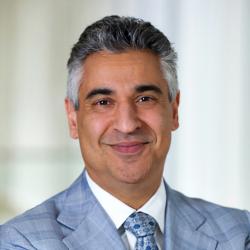Editor's Note: A version of this article was originally published as part of LinkedIn's Hard Cases series, where health care professionals share the toughest challenges they've faced in their careers.
In 1995, I was a resident rotating through the emergency room at San Francisco General Hospital where we often cared for patients who had overdosed on heroin. At that time, it was our job to stabilize them, give them naloxone, ensure that they were breathing — i.e., save their lives — talk to them about their drug use, offer referrals for counseling, and then send them out the door. It’s all we had the bandwidth to do.
At the same time, we were treating the mostly young men who were then filling hospital and hospice beds throughout San Francisco as they battled AIDS.
By the end of my residency in 1998, the hospice beds were almost empty. The ER was not.
Most of the hospice patients, thankfully, had been sent home to receive antiretroviral treatment. Research and care had progressed so much so that the HIV/AIDS epidemic was finally stabilizing. Patients were starting to get the treatment they needed, and we were tackling the stigma and ignorance that surrounded the disease.
During my residency, I witnessed clinicians and society getting more comfortable with the impact of one epidemic — the HIV/AIDS crisis — while we continued to feel helpless about the opioid addiction that was already spreading nationwide. And our biases about addiction often led us to let people down because we thought they were somehow beyond our care. Yet how we dealt with the HIV/AIDS epidemic provided lessons that can inform our work today.
Our nation is in the throes of the opioid epidemic. 130 Americans die every day from an opioid overdose, and two out of every three drug overdose deaths involve an opioid. According to the Substance Abuse and Mental Health Administration (SAMHSA), just over 12% of the 21 million people aged 12 or over who needed treatment for a substance use disorder (SUD) in 2017 actually received that treatment.
In the face of the HIV/AIDS epidemic, the nation — mostly through academic medicine — invested in and advanced research, leading to new and effective treatment that was then delivered to the patients who needed it. We are starting to do that today in the face of the opioid crisis, but we have so much more work ahead.
Physicians have, for a long time, been uncomfortable discussing substance use and addiction. This needs to change.
Research is continuing to advance our understanding of SUD treatment across the country. At Yale New Haven Hospital, patients are introduced to medication-assisted treatment (MAT) in the emergency department — after which, on average, they stay in treatment longer. This has led to new care protocols at teaching hospitals across the nation. The department of emergency medicine at the Jacobs School of Medicine and Biomedical Sciences at the University of Buffalo in New York also created an innovative network model for initiating MAT in patients with opioid overdoses, securing handoffs to treatment agencies within 24 hours, and then transitioning patients from maintenance care to primary care physicians.
The federal government — through the National Institutes of Health and other agencies — is also investing in more research on addiction and pain management at medical schools and teaching hospitals. Our knowledge base is expanding, and these institutions are developing nonaddictive treatments for pain as well as new, more effective ways of delivering naloxone. The next generation of doctors takes part in this research, helps to develop and deliver the latest care protocols, and is beginning to balance providing patients with access to pain medications when clinically appropriate while minimizing the potential for misuse.
But we need more doctors to provide those treatments, and we need to work on ourselves and the biases we hold as clinicians about those suffering from addiction. The overwhelming majority of people who need treatment for an SUD aren’t getting it.
One issue is the physician workforce shortage. There is an overall shortage predicted in the future supply of physicians as our population grows and ages. Even today, the Health Resources and Services Administration has designated over 5,000 areas in the United States as mental health professional shortage areas, meaning there aren’t enough providers to meet the mental health needs of large parts of the country. To address this, there is bipartisan legislation that, if passed, would focus on training more providers in pain management, addiction medicine, and addiction psychiatry. There’s also a bill to train more doctors writ large, which would have a positive effect on the mental health and pain management workforces. Yet even if patients are able to find a doctor to provide the treatment they need, the stigma can be so great that it is a barrier to making use of that care.
The good news is that the discussion has finally started to see the light of day without the same level of discomfort when it comes to talking about (and treating) SUDs. The recent AAMC National Workshop to Advance Medical Education to Combat Opioid Misuse focused a lot on language, stigma, and bias. Physicians have, for a long time, been uncomfortable discussing substance use and addiction. This needs to change.
Through continuing to advance research and patient care, training the future and current health care workforce, expanding access to treatment, and reducing the stigma, we can do for those battling SUDs what we did for those young men [fighting HIV/AIDS] three decades ago.
I’ll give you an example: A friend of mine is a retired internist and refers to himself as “an alcoholic and addict” (I’ll admit that those terms are even uncomfortable for me to type). At the top of his “problem list” that he hands to the physicians who treat him, he has “substance use disorder” listed before his cardiac and other problems. Yet every doctor he sees skips over the SUD and starts discussing his other conditions. They just don’t know how to ask or talk about it.
As clinicians, we have to learn to discuss these diseases in order to end the stigma associated with them. We need to do our part to change the conversation and stop blaming patients for their suffering. Leaders in medical education need to continue to set the example.
Through continuing to advance research and patient care, training the future and current health care workforce, expanding access to treatment, and reducing the stigma, we can do for those battling SUDs and dealing with chronic pain what we did for those young men we treated in the hospices of San Francisco nearly three decades ago. But first, we need to be able to talk about it.

